Jaco Marx is a full-time dental surgeon from South Africa who moonlights as an incredibly talented nature, wildlife, and travel photographer, as well as a conservationist. Whatever free time he can scrounge, Jaco spends photographing the African wilderness.
He hopes his photos will influence people and change the way they think about wildlife. By bringing Africa into people’s living rooms, he seeks to drive home the point that nature is in a fragile state now more than ever.
You can see more of his work by following him on 500px, Facebook, Twitter, and Google+, or visiting his website. You can also purchase prints of his work at 1x.
[twentytwenty]
 [/twentytwenty]
[/twentytwenty]
As a university student starting my studies in 2001, I came across a book in the library. This book was titled “A Shadow Falls” by Nick Brandt. The photography blew my socks off and something lit up inside of me that’s still burning today. I was amazed by the emotion these pictures can evoke, as well as the strong conservation message being conveyed to the viewer.
Since then it was my mission to be like Nick Brandt 🙂 I quickly realized this was not as easy as it looked. So I learned my first lesson:
Lesson One
Be your own photographer and your own identity. What do you want to achieve with your wildlife photography? I realized that I was never good enough to be Nick Brandt, but a certain style of photography emerged from within me as time ticked by. A style unique to me. So what I did was, I gathered as much info as possible and became a self-taught wildlife photographer developing my own style and identity.
I bought my first camera: Canon EOS 350D and a Sigma 300mm lens from a local retailer and was stoked! They became my most valuable items. With them I travelled Botswana, Namibia, and Zambia capturing moments and memories. The pictures were… let’s just say… honest… but not the best of wildlife snaps.
At this stage, the only post processing software I had was Adobe Lightroom Elements. It helped me to understand the flow and feel of Lightroom.
In 2003, I became frustrated. I learned another lesson.

Above is a photo taken with my Canon EOS 350D back in the days. On closer inspection, the image lacked a lot of sharpness and was very low res, even more after cropping. Yet I was amazed at the results I got from my first post processing software: Adobe Lightroom Elements!
Lesson Two
Have Patience. I had to learn that to become better and more artistic with a higher standard of work, one needs to be patient with regards to developing your style and getting the results you want.
Wildlife photography can be very challenging. It can cause a photography break down where the majority of photographers stop pursuing their dream. You reach a stage where no pictures work, post-processing is a nightmare and you don’t know where to go. A dead end. And this can cause the break down.
But as I have observed friends of mine and fellow photographers… if you can break through this dead-end phase in your journey and keep on pushing forward, you reach a place where you can see and feel a massive improvement in your overall position as a photographer.
Keep on learning, keep on shooting wildlife, train yourself, get to know the equipment and post-processing techniques. I learned the most while on safari, talking and asking questions in the field.
Eventually I felt left behind with my photography and limited to capability. I needed an upgrade. I needed an upgrade bad. I decided to get me a Canon EOS 7D with its launch and a 100-400mm zoom lens to get better quality images. I also downloaded Adobe Lightroom and NIK Software and did some training in it. I learned my third lesson:
Lesson Three
At some stage you need to get super organized, and the sooner the better. This relates to your equipment and your physical post-processing on your photographs.
I got the best equipment I could afford and got the best software for processing wildlife images. I was pumped. My photography reached another level. Every image imported was labeled and sorted according to date and place. Keywords were set. Desktop organized. Organization helped me to reach higher standards in photography. I felt polished.
Yet there were brilliant photographers out there, so one should never stop learning. You should always be developing and moving forward, trying new genres like monochrome wildlife photography, and learning how to do it properly. So I learned my fourth lesson:
Lesson Four
As the first few years passed, I managed to lift the standard of photography but got stuck in a narrow minded view of photography based on a few peoples’ views. Then, after getting to know more wildlife photographers, I realized that I had to think outside the box and never get stuck in one mindset.
People like Frans Lanting, Chris Dodds, Michael Poliza, and Greg du Toit truly inspired me to be creative. I vowed never to be single-minded again.
As my journey continued I realized I needed some feedback from more than just my everyday mentors, I needed to know what the world out there think about my photography, be it the man on the street or other professional wildlife photographers. So I decided to tackle a new mission:
Lesson Five
Making your stand in the social world of networking. This included Facebook, Twitter, Google plus and, of course, 500px : )
This gave me an opportunity to see what people thought about my work, as well as to receive critique. This social presence established a sphere of interaction and learning the same time, and helped quite a bit with increasing my print sales and getting people to appreciate and enjoy African wildlife with me.
Lesson Six
I was thrilled to see so many people reacting to my pictures with messages of caring, conservation, and preserving the wildlife we have. I learned that this was my goal: to get people to appreciate this wonderful planet and her beautiful animals.
I would love to see every wildlife or even landscape photographer spreading the word, getting involved or physically contributing to the conservation of this planet. It’s under severe pressure and we need to be protective and aggressively caring towards her well-being.
Eventually, my journey in the present is a story of lessons learned and friends met along the way. Today, I shoot with a Canon EOS 1Dx and Canon EOS 5D Mark 3, Canon 500mm f/4.0 IS USM, Canon 70-200mm f/2.8.
My journey is not over yet. I will keep on absorbing new techniques, keep my feet on the ground, and be true to myself as a photographer—only leaving footprints and spread a message of conservation as far as my photos can carry me.


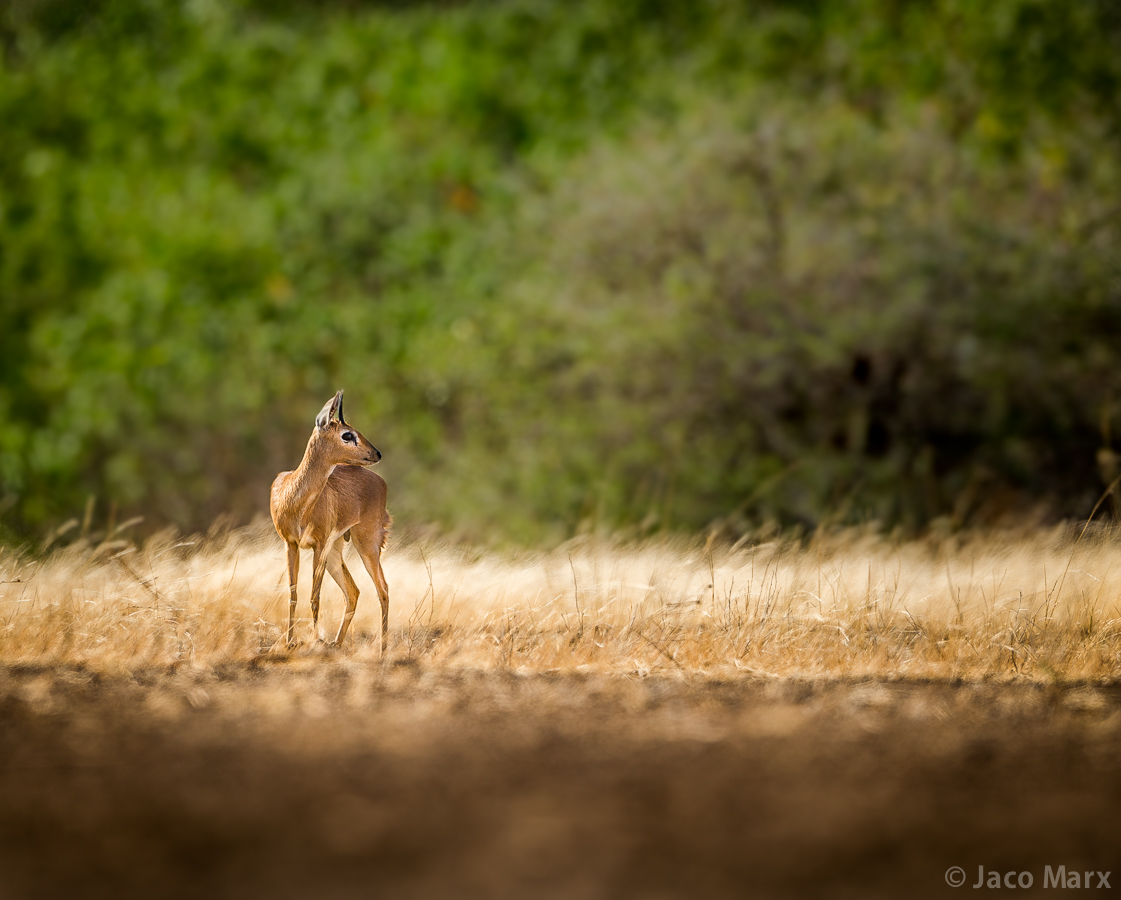
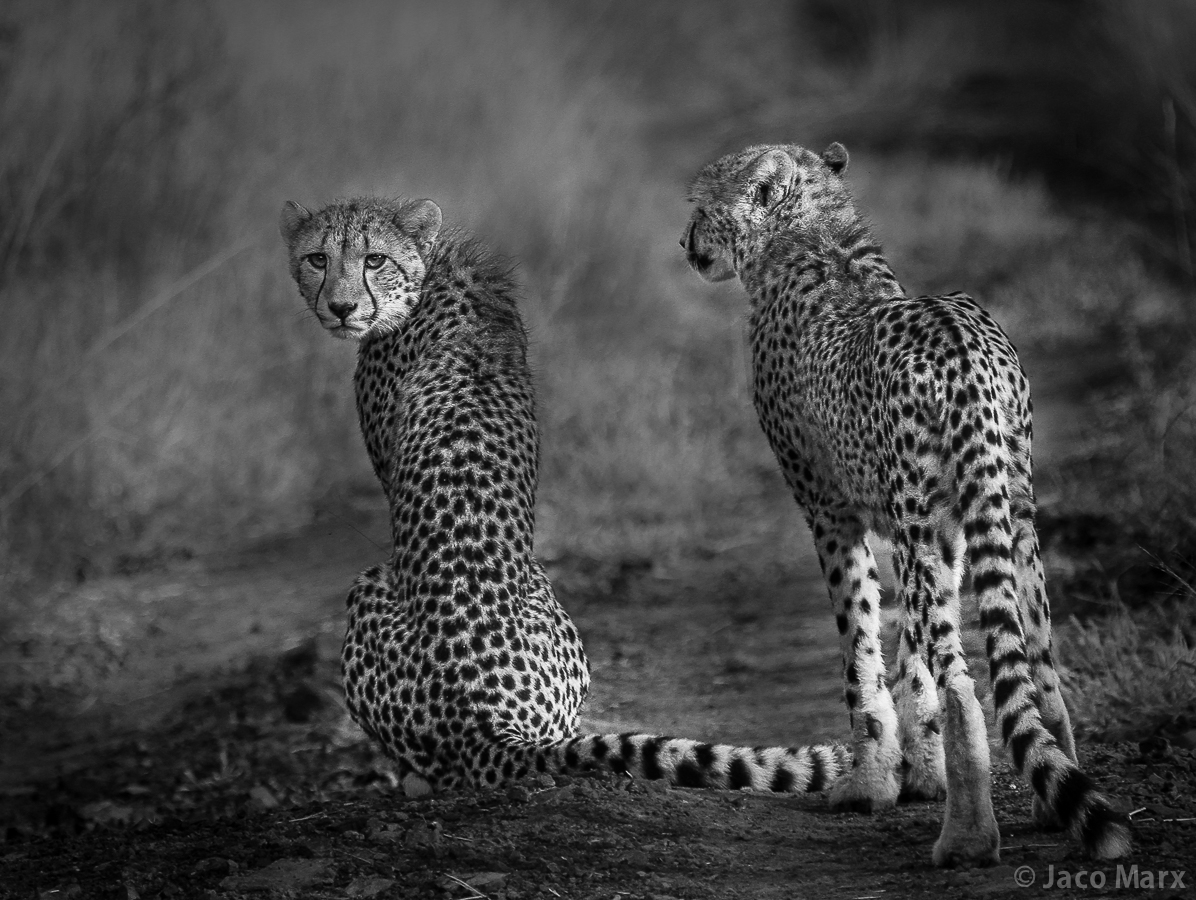



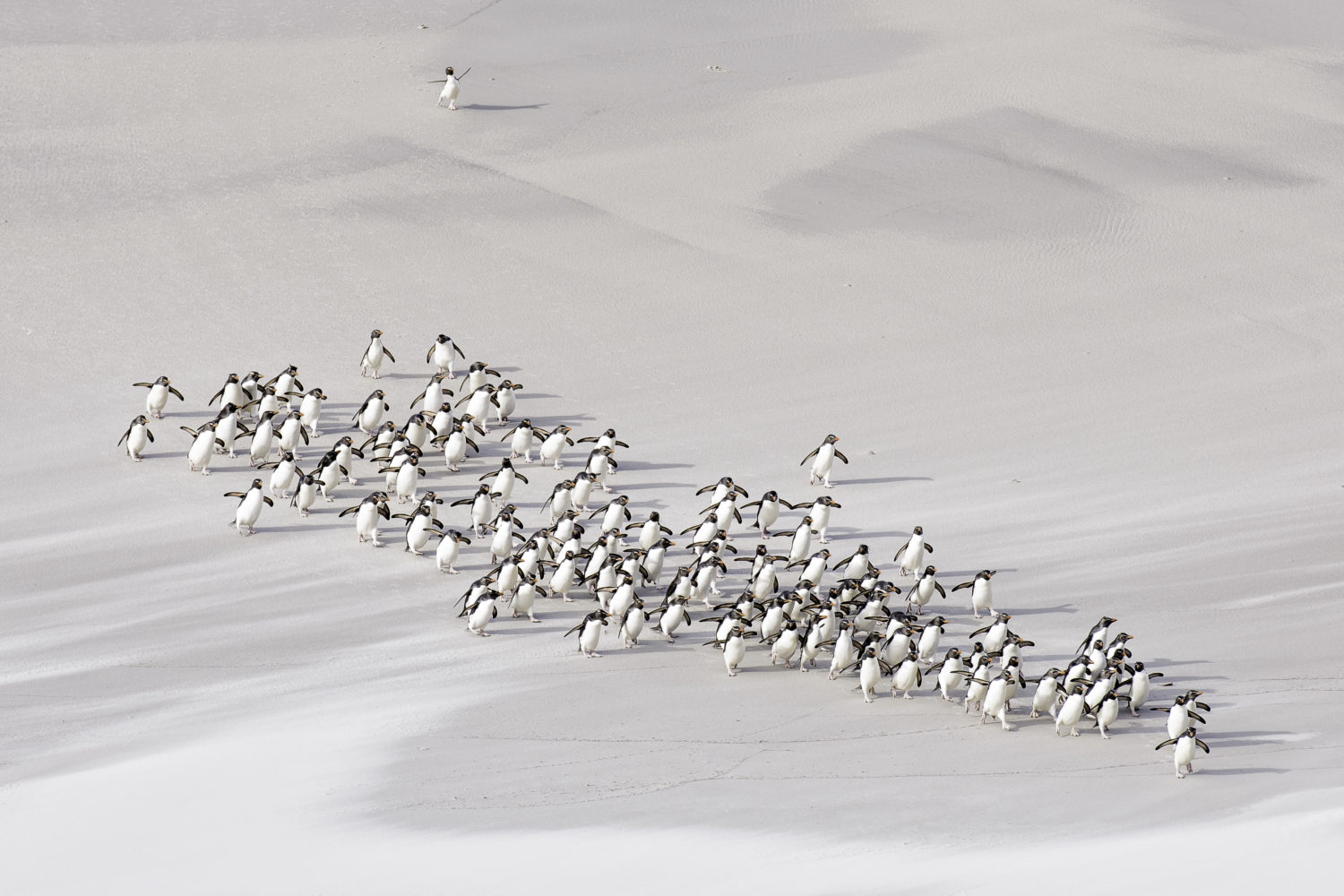
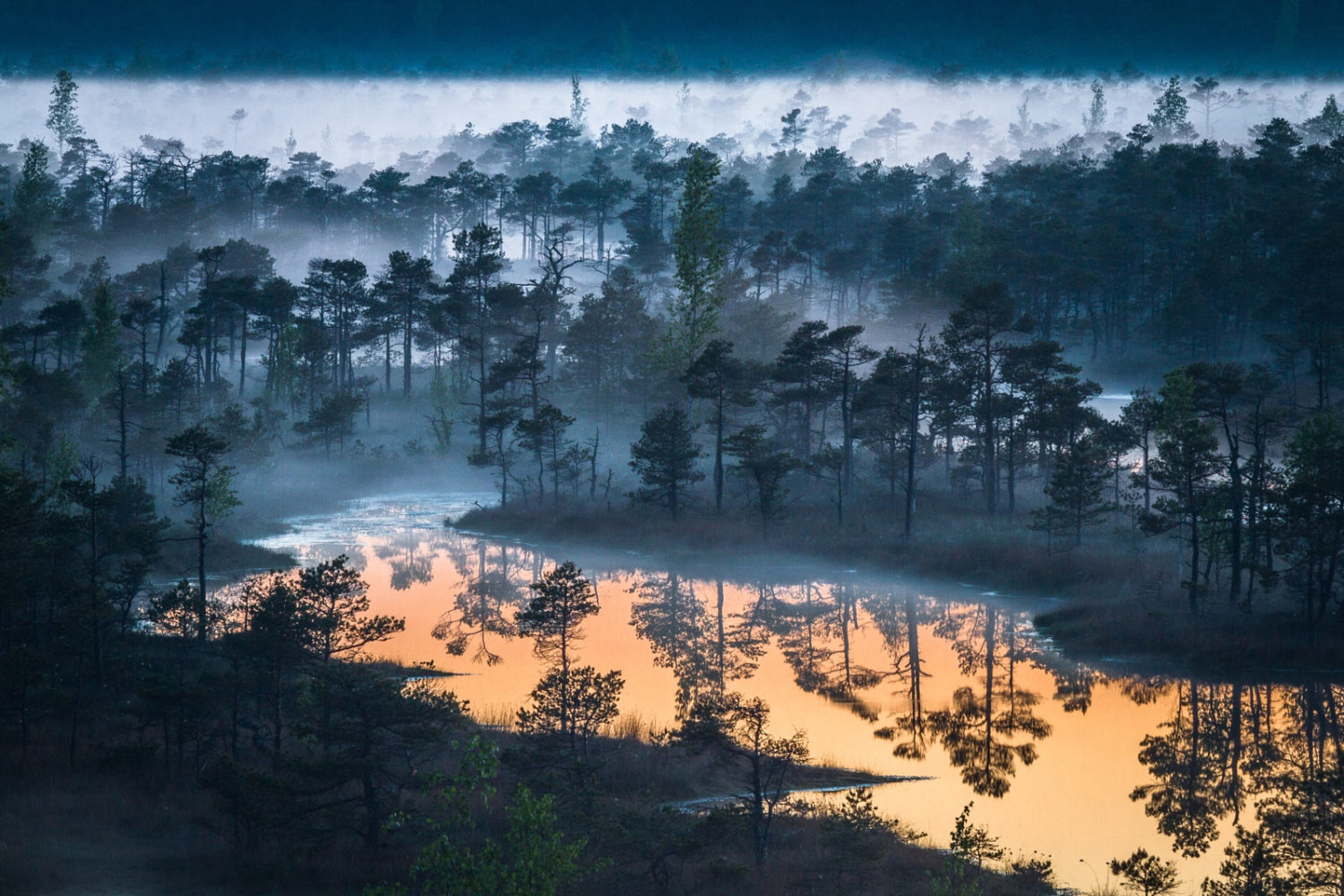

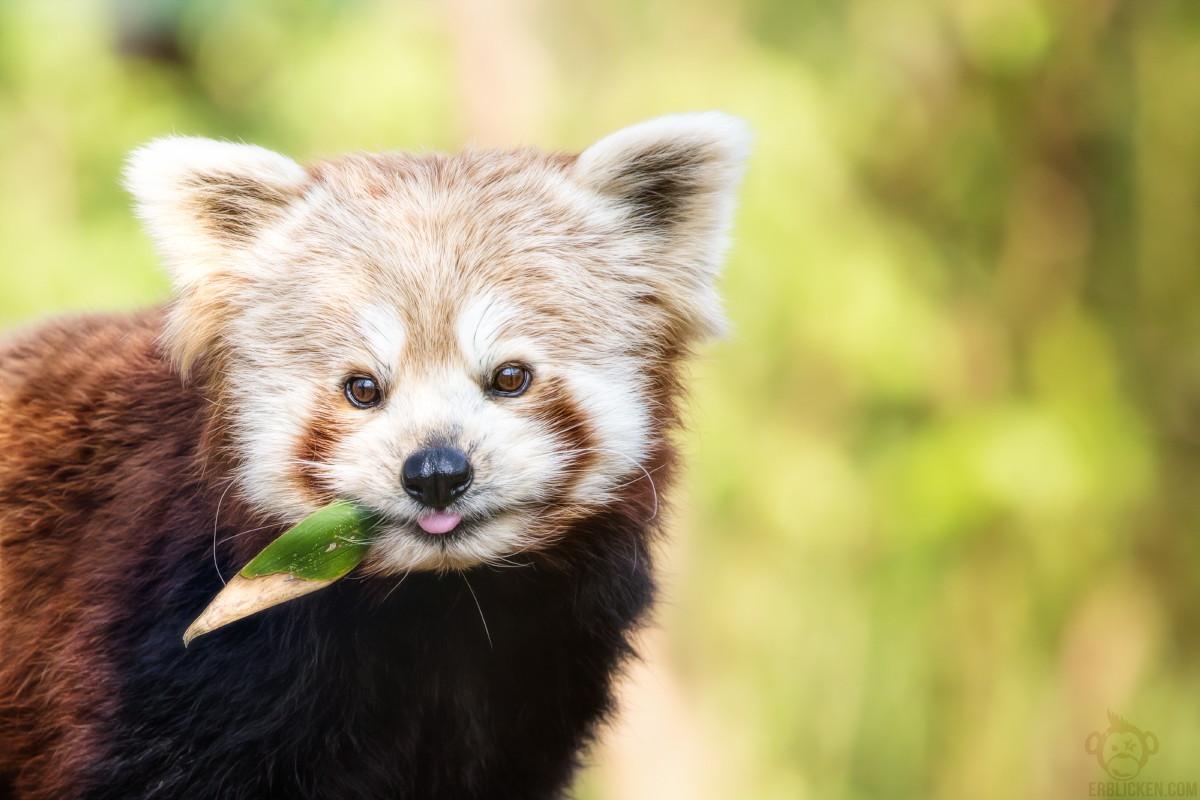
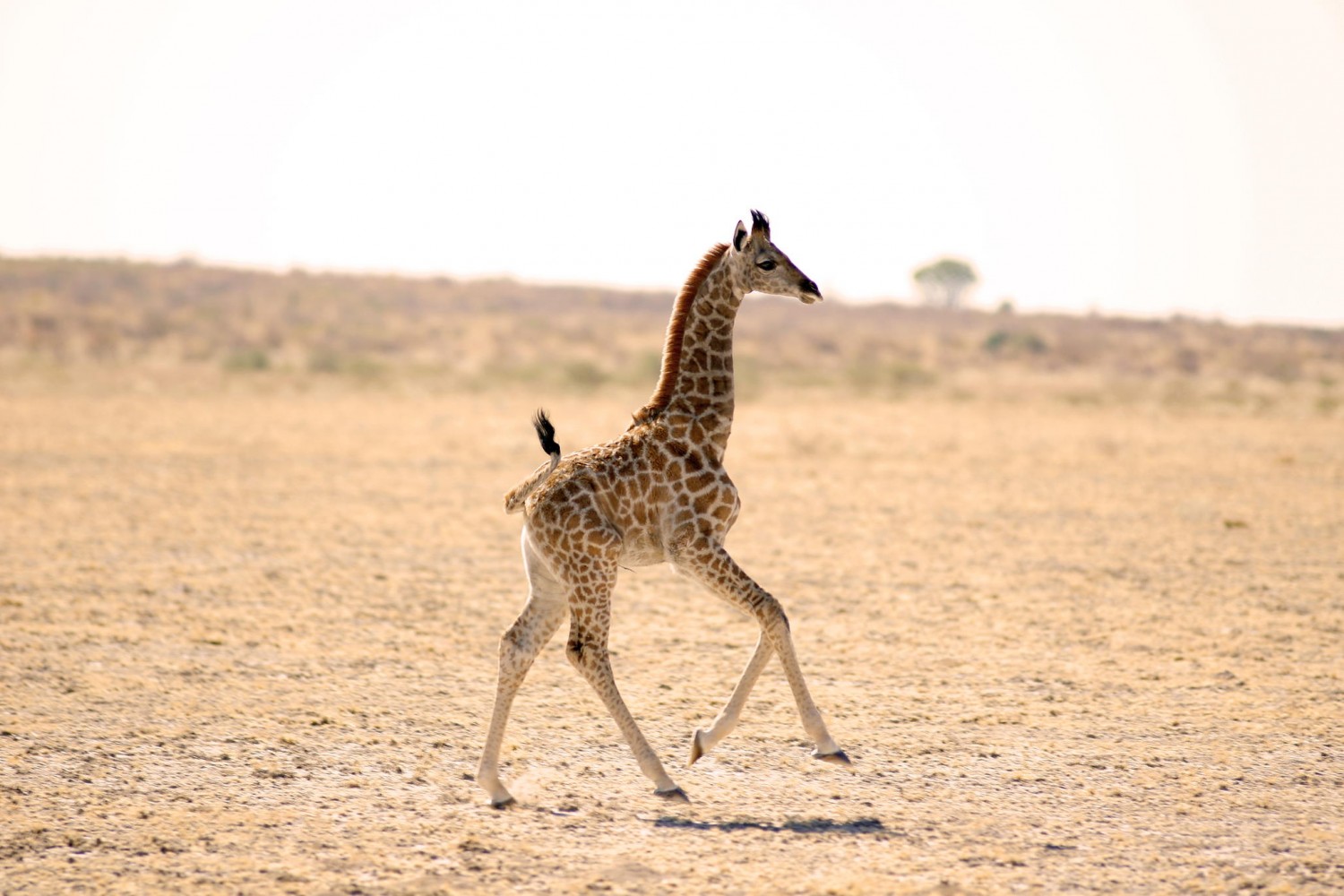
Leave a reply